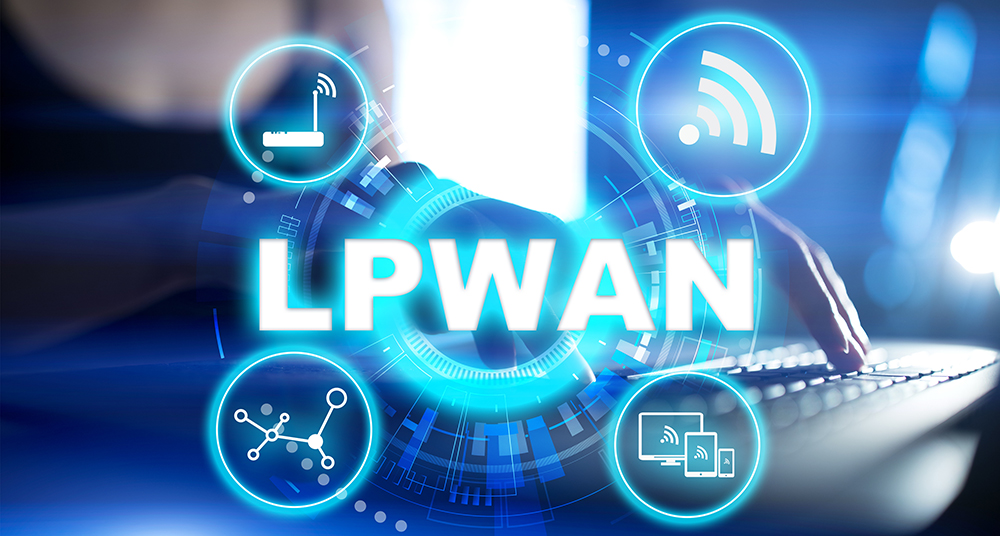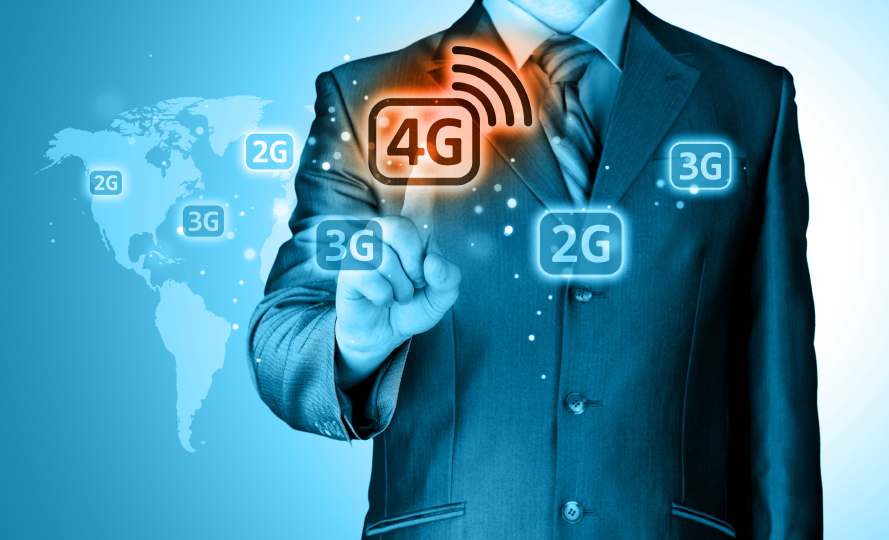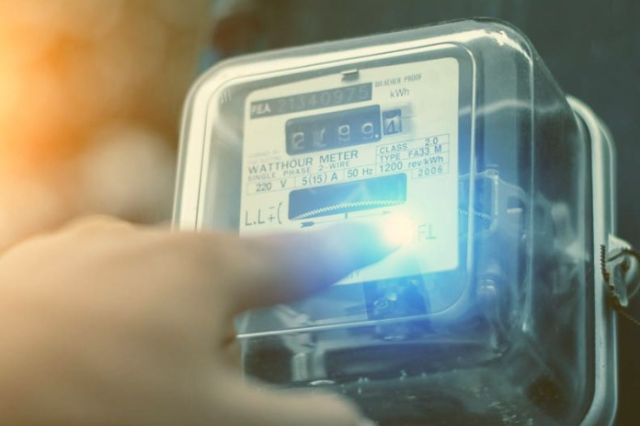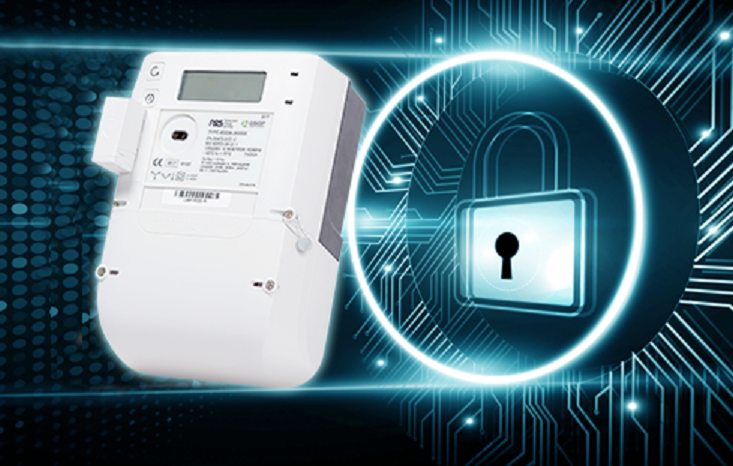Utilities industry for MVNO (Mobile Virtual Network Operator) can be a nice…
LPWAN Smart Metering
Utilities can leverage LPWAN-based (e,g., LoRaWAN, NB-IoT, W-MBus, SigFox) Smart Metering to implement AMI for residential customers, which is frequently delayed due to the astronomical costs required in comparison to the meager revenues generated by these customers. Utilizing LPWAN technologies significantly lowers the cost of implementing and operating smart meters for residential and high-value customers.
Keywords: Smart Meter, LPWAN, LoRaWAN, NB-IoT, SigFox..
The decision to implement Smart Metering for Residential Customers is one of the most difficult challenges for many Utilities. While the decision for a Utility to implement Smart Metering for High-Value Customers (industrial and commercial) is immediate because the break-even time is very short (high-value customers are only 5% of overall customers, consume 50% of average produced energy, and have a high bill), the decision to move to smart metering for Residential Customers are often delayed (Residential Customers are 95% average of the overall customers, they consume 50% average produced energy, they have a low bill). As a result, most utilities continue to perform Residential Customers’ meter readings manually (or semi-manually), but they are unsatisfied with the results in terms of reading accuracy and operational costs.
LPWAN Smart Metering
The solution to this difficult situation comes from newly available and stable IoT (Internet of Things) technologies, specifically LPWAN (Low Power WAN) networks. Residential meters (power, water, and gas) that are already in use can be outfitted with an LPWAN transmitter to enable the implementation of a dependable, simple, quick, and low-cost Advanced Metering Infrastructure without the need to replace a single existing meter.
LPWAN is a radio-frequency network that is based on various international standard protocols (LoRaWAN, NB-IoT, SigFox, etc.) and is rapidly growing all over the world. It can be provided by telecommunication operators or implemented by Utilities as a private network with no fees paid to anyone. LPWAN enables the interconnection of physical devices in the field (capable of transmitting and receiving information via the aforementioned radio-frequencies), in our case meters, with an antenna located a long distance away (till 15 km in free-air space and 5 km in a high-density urban area). The antenna serves as a bridge between the meters and the server (typically a Meter Data Management System) and is linked to it via GPRS/4G (one SIM card) or a physical cable connection (ethernet or fiber). For example, just four antennas (10.000 USD) placed on top of a utility company premise (e.g., substation, water tank, etc.) allow bidirectional communication with all meters in a 300km2 area.
As with any other smart meter, LPWAN-based meters are embedded systems, and utilities should test them for security prior to field deployment [2] [3].

Example of a Business Case
Consider a Utility that has 500.000 non-smart residential meters in the field spread across a 300km2 area. To transition to smart metering using a traditional approach based on GPRS technology, all meters must be replaced and a contract with a local telecom operator must be signed. The only cost to replace the 500.000 meters is likely to be in the hundreds of millions USD. All operational costs, such as telecommunications fees, fieldwork, and so on, must be added on top of this. To transition to smart metering using an approach based on LoRaWAN technology, the overall cost can be as low as 5 million USD because no meters must be replaced and a contract with a local telecom operator can be avoided.
Conclusions
Utilities frequently postpone smart metering implementation for residential customers due to the enormous costs required in comparison to the limited revenues generated by these customers. Using LPWAN technologies (LoRaWAN, NB-IoT, and SigFox) drastically reduces the cost of implementing and operating smart meters for residential and high-value customers.
References
[1] LPWA: The future of smart metering – GSMA – 2016.
[2] Smart Meter Security Testing – Andrea Desantis – 2019.
[3] Embedded Systems Security – Andrea Desantis – 2020.





Comments (0)